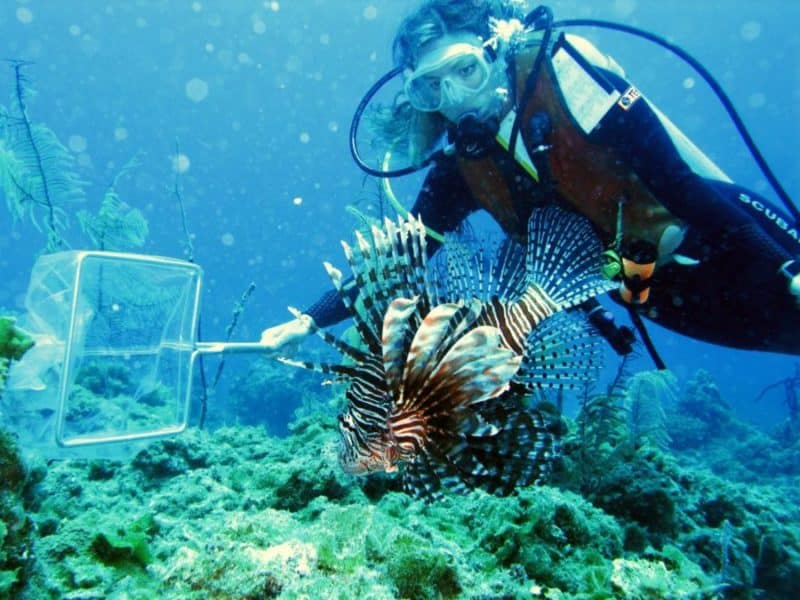Managing invasive species—not eliminating them altogether—is a better use of time and conservation resources in many cases, according to a study led by a University of Alberta biologist.
Every year, hundreds of introduced species cause billions of dollars in damage to ecosystems, agriculture and infrastructure in North America alone. The research, led by Stephanie Green, makes a case for working smarter, not harder, to temper the impact of destructive and widespread invasive species using a strategy called functional eradication.
“Rather than trying to completely eliminate invasive species that have spread over large areas, which is very challenging, functional eradication aims to limit their abundances below levels that damage the ecosystem in priority locations. Resources that might otherwise be wasted on attempting complete eradication can be spread to other areas, protecting more places from impacts,” explained Green, assistant professor in the Department of Biological Sciences and Canada Research Chair in Aquatic Global Change Ecology and Conservation.
Green partnered with Edwin Grosholz, an ecologist in the Department of Environmental Science and Policy at the University of California, Davis, to survey 232 natural resource managers and invasive species specialists in Canada and the United States.
“More than 90 per cent of these folks said the most destructive invaders in their regions were spread beyond a scale at which they could eradicate them, and instead local teams were engaged in a long-term battle to suppress or contain the species,” explained Green.
However, only two per cent said they had identified targets for when they had done enough to manage a species.
“This points to a major gap between the needs of the people who must make decisions about invasive species, and the information scientists and monitoring programs are collecting,” said Grosholz.
Managing the impact
Managing widespread invasive species is a long-term endeavour, but not one without hope, Green explained.
“Involving local communities in the functional eradication process is essential for maintaining the capacity needed to continually suppress these invaders.”
An example of functional eradication at work is invasive lionfish. The beautiful Indo-Pacific fish, which are popular in aquariums, have spread throughout the Caribbean Sea and the Atlantic Ocean, where they prey on many native species. They are now caught and consumed as food, and used in local art. The financial incentives for catching lionfish are also serving to reduce their population below levels that affect native species in the area.
Similar strategies can be applied to the European green crab, an invasive species found along the Pacific and Atlantic coasts in Canada and the United States, as well as Prussian carp, which is spreading throughout central Canada, including in Alberta’s Bow River.

“Our study shows that ecologically damaging and widespread invasive species are prime candidates for functional eradication. To effectively keep populations down in priority areas, targets need to be based on how many of the invasive species it takes to cause major changes in the ecosystem,” said Green.
This research was funded by the David H. Smith Conservation Research Program, the Natural Sciences and Engineering Research Council of Canada, the Pacific States Marine Fisheries Commission and the National Science Foundation. Collaborators include the United States Aquatic Nuisance Species (ANS) Task Force.
The study, “Functional eradication as a framework for invasive species control,” was published on the cover of the March issue of Frontiers in Ecology and the Environment.


